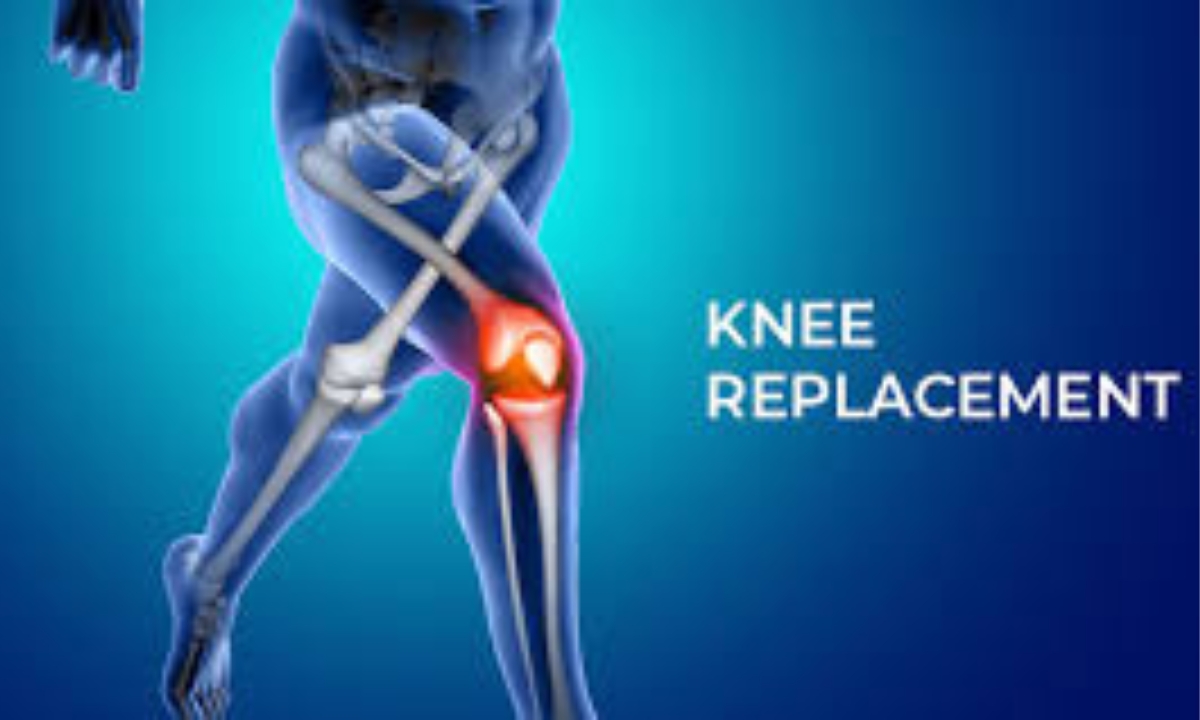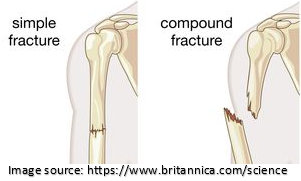Complex Trauma & Fractures

Complex Fracture Treatment in Jaipur
Minor fractures can be traumatizing and painful, but those brought on by a fall from a height or an auto accident are of a different magnitude. Such accidents can result in severe bodily injuries, breaking or shattering multiple bones.
A complex fracture is a severe break that may affect joints, ligaments, soft tissues, and tendons. Such fractures need extensive care, skilled surgery, and appropriate rehabilitation.
If you are diagnosed with a complex fracture, you should consult a seasoned orthopedic doctor in Jaipur like Dr. Dilip Mehta. He is a highly skilled and experienced orthopedic doctor who offers advanced and comprehensive complex fracture treatment in Jaipur.
Dr. Dilip Mehta provides the best complex fracture treatment in Jaipur using cutting-edge diagnostics with unconventional soft tissue and bone reconstruction techniques.
In this article, we will have an overview of complex fractures and discuss their diagnosis and treatment.
Let’s know,
What Exactly is a Complex Fracture?

Complex fractures are more severe than simple broken bones.
Fractures are regarded as complex when:
- A bone or bones break into pieces, or a bone sustains more than one fracture.
- Severe soft tissue damage around the fracture site.
- Bone loss.
- Severe cartilage damage at a joint and joint dislocation.
Now, let’s take a look at,
Symptoms of Complex Fracture
The type of bone that breaks determine the symptoms of a complex fracture.
The following are the most prevalent sign and symptoms:
- Having trouble using the affected limb.
- Swelling.
- Extreme and worsening pain.
- An evident and unusual bend, bump or twist.
- Restricted movement.
- Numbness or tenderness close to the fracture.
- Broken skin with exposed bone.
- Not able to bear weight.
- Visible deformity.
Let’s discuss,
Diagnosis of Complex Fractures
- The emergency room is typically the first place that complex fracture patients are seen, where medical professionals assess the extent and seriousness of the injuries.
- Dr. Dilip Mehta gives every trauma patient a comprehensive evaluation. He diagnoses the issues using various clinical examinations, blood tests, and imaging tests like X-rays, CT scans, and MRIs.
- Other types of imaging may also be used to make a diagnosis, depending on the nature and location of the fracture or post-traumatic injury, as well as the degree of tissue damage to the surrounding area.
Treatment of Complex Fractures
- Depending on the severity of each injury and the patient's strength to undergo a particular procedure, Dr. Dilip Mehta, a skilled orthopedic surgeon in Jaipur, decides how best to treat each patient.
- Depending on the condition, surgical and non-surgical methods can be used to treat fractures of the pelvis, upper and lower extremities, and post-traumatic orthopedic conditions.
Typical non-surgical procedures include:
- Immobilizing devices that include braces, casts, splints, and traction.
- Antibiotics to treat infections and nonsteroidal anti-inflammatory drugs to treat arthritis.
- Rehabilitation and physiotherapy.
- When breaks or trauma injuries are complicated, severe, or unlikely to heal on their own, surgery may be required to treat them properly.
- Since more than just the bones are affected, complex fractures are complicated and necessitate a protracted healing process from surgery to rehabilitation. Since no two fractures are the same, treatment plans must be carefully created.
- Complex fractures can be stabilized surgically, which also aids in bone healing. These fractures need to be repaired right away to avoid further complications.
- Stabilization can be done in several ways after debridement, which involves the removal of dead tissue and cleaning of healthy tissue. These methods include external, internal, or ring fixation with extensive antibiotic coverage.
- The surgeon will examine the injury with additional studies and imaging tests to determine the best course of action after the soft tissue and bone have been stabilized.
Several options may be part of a treatment plan, such as:
- Fixation: A fracture fixation is a surgical procedure stabilizing the injured limb and getting it ready to be transferred or reconstructed.
- Soft tissue coverage: The patient's tissue accounts for most of the soft tissue coverage. To cover injuries, surgeons typically use local tissue and grafts, taking much less skin or tissue than was previously necessary.
- Revascularization: It is necessary in severe trauma cases because compromised blood flow can cause necrosis or the death of tissues. Early intervention is crucial. The surgeon can restore blood flow to the injured area using microvascular techniques, preventing amputation or more severe debridement (removing damaged tissue).
- Fracture reconstruction: To hold a broken bone in place while it heals following surgery, surgeons often use metal rods, screws, or plates.
Recovery from Complex Fracture
- Bone healing is a natural process. As a result, Dr. Dilip Mehta concentrates on giving the injured bone the best care possible to promote healing and ensure that it continues to function perfectly in the future.
- By aligning the ends of the broken bones, we can lessen the fracture.
The following procedures are used to keep the fracture in place after it has been aligned:
- Braces or casts.
- Insertion of intramedullary rods or nails into the bone cavities.
- Screws and metal plate.
- Exterior fasteners.
The severity of the fracture typically determines how quickly the bone heals. The recovery process would take weeks or months. The affected bone's location determines how long it will take to heal.
